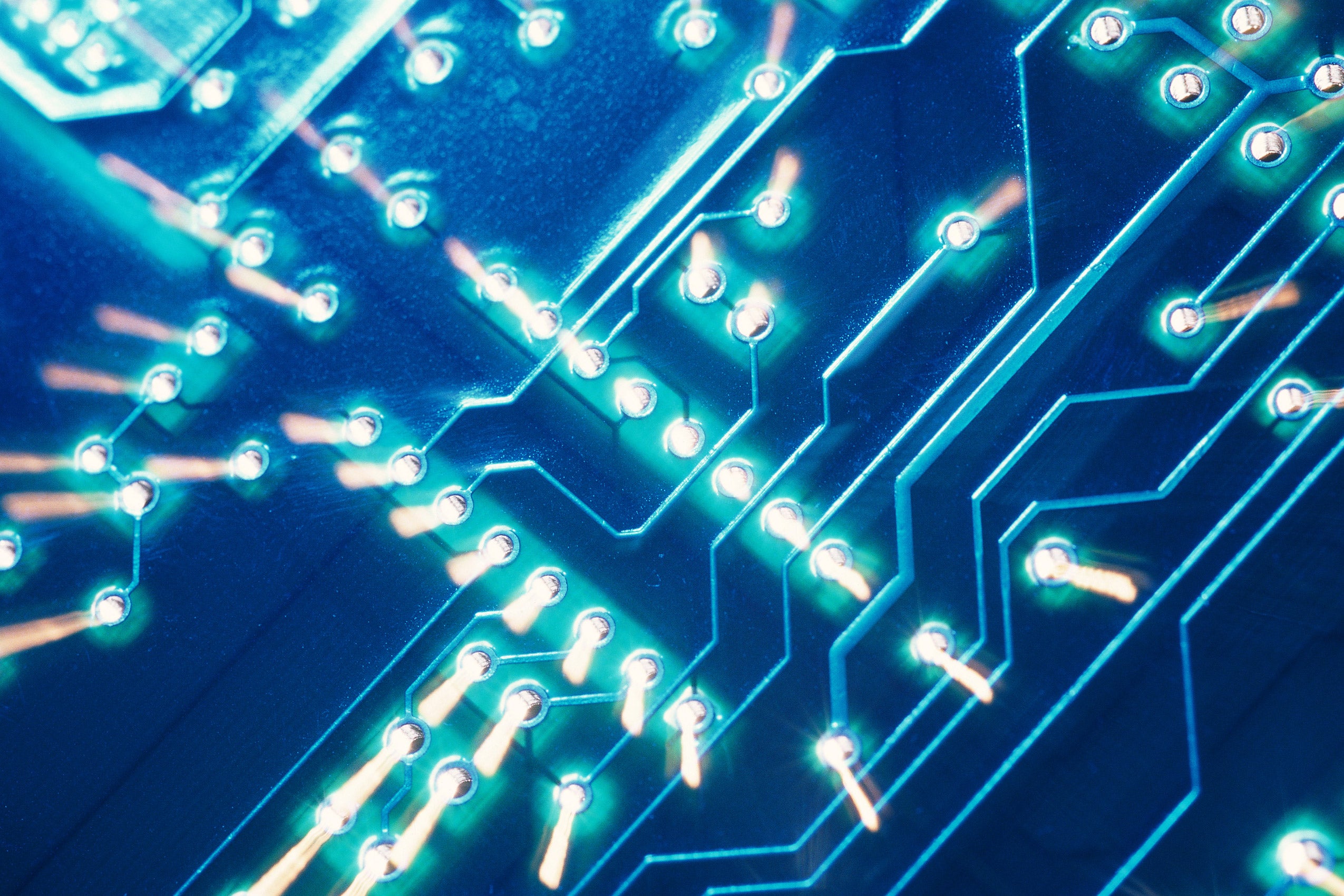1972
The first HLS faculty foray into computers: Professor Robert Keeton S.J.D. ’72 collaborates with Russell Burris at the University of Minnesota to develop a computerized exercise for his insurance law course via telephone hookups from HLS to the Minnesota computer.
1978
HLS leads U.S. law schools with the use of video-taped oral arguments as a teaching tool.
1979
Dean Albert Sacks ’48 tells Professor Donald Trautman ’51 to “keep an eye on those computers.” At a faculty meeting Trautman calls on Legal History Professor Sam Thorne ’30,the ultimate non-techie, to demonstrate how easy and helpful this new technology is becoming.
1981
The Harvard Computer-Aided Legal Instruction Project (HCLIP), a student organization, forms to develop computerized text lessons for such HLS courses as Accounting, Housing Law, Corporations, Evidence, Civil Procedure, and Professional Responsibility.
1982
HLS and the University of Minnesota co-found the Center for Computer-Assisted Legal Instruction (CCALI), a national organization producing and distributing computerized text lessons to a consortium of 120 U.S. law schools.
1982
Professor Robert Clark ’72 becomes chair of the Computer Committee, created by Dean James Vorenburg ’51, overseeing the instructional use of computers at HLS.
1985
Professors Gary Bellow ’60 and Donald Trautman ’51 and research associate John Getsinger ’73 launch Project PERICLES -Program for Education, Research, and Instruction in Computerized Legal Services – dedicated to innovative computer applications.
1985
More light comes into Langdell when the Harvard University Library System known as HOLLIS goes on line, and computer terminals replace the five-foot-high card catalogues that obscured the library windows.
1987
The Legal Services Center, now the Hale and Dorr Legal Services Center, uses innovative software developed under PERICLES to speed the case handling process. By customizing legal forms and computerizing data gathering, the software enables the lawyers, paralegals, and HLS students at the center to provide legal services to many more indigent clients.
1989
Interactive video debuts in the first-year curriculum in Professor David Wilkins’ [’80] section of the Legal Methods course. The new technology, developed at the School, simulates the courtroom experience.
1989
Austin North becomes the first electronic classroom at HLS, enabling faculty to import, display, and manipulate computer information and data on screen.
1991
Some 500 computer terminals are now in use by HLS faculty and staff. More than half of the School’s students own their own personal computers, and many come to HLS with substantial computer experience.
1994
Professors Abram Chayes ’49, William Fisher ’82, Morton Horwitz ’67, Martha Minow, Charles Nesson ’63, and Todd Rakoff ’75 embark on the Bridge Project to develop interactive online materials for 1Ls in legal reasoning and argument. Their aim is to “bridge” theory and practice, and to link 1L courses.
1994
Professor Charles Nesson ’63 introduces the use of multimedia technology-audio, video, projection, computer, and computer network-during his winter Evidence class. Students explore a CD-ROM database on the Rodney King beating case, and prepare multimedia presentations.
1994
1Ls take their first “voyage into cyberspace,” in Introduction to Lawyering taught by Professors Peter Murray _’67 and Charles Nesson ’63. For the first time ever, students use computers for every aspect of a Law School course, from reviewing the syllabus to student assignments.
1994
A class of 30,000 students?! Professor Arthur Miller’s (’58) Introduction to Civil Procedure lectures are recreated on interactive video disks and CD-ROMs for mass distribution through the School’s Educational Technology Department (founded in 1986).
1995
HLS gets its first server, a.k.a. Roscoe, named for Dean Roscoe Pound. Erwin, named for Dean Erwin Griswold ’28, S.J.D. ’29, joins Roscoe before long to handle the School’s increasing network demands.
1996
HLS is fully wired. From dorm rooms to offices, all students, faculty, and staff are networked. Use of e-mail explodes, and Internet surfing goes on around the clock.
1996
The Cyber Cafe opens in the Hark.
1996
On March 11, the Law School homepage is launched, designed by the School’s first Webmasters, Ellen Miller and Kenneth Dueker ’97.
1997
The Center on Law and Technology becomes the Berkman Center for Internet & Society, funded by a bequest from Jack Berkman ’29, his wife, Lillian Berkman, and his son Myles Berkman ’61.
1997
The newly renovated Langdell Library is now wired for Internet access. Soft clicking sounds of computer keys subtly interrupt the protracted silence of the Reading Room.
1997
The Internet & Society course is offered at HLS for the first time by Lecturer Jonathan Zittrain ’95.
1998
The University hosts the Second International Conference on Internet & Society with the theme of closing the gap between rich and poor. Professors Charles Nesson ’63 and Charles Ogletree, Jr. ’78 chair the conference; Professor William Fisher ’82 and Lecturer Jonathan Zittrain ’95 chair the law track.
1998
In courses taught by Professors Andrew Kaufman ’54 and Lloyd Weinreb ’62, students take their exams using laptops loaded with Examsoft, a software that prevents access to any notes or helpful hints. A vestige of the past, the typewriter room, where students once clattered away, is now used by a mere handful.
1998
The Filter, the online newsletter of the Berkman Center, launches its first issue. Go to: http://cyber.law.harvard.edu/filter/.
1998
Professor Arthur Miller ’58 launches the pioneering Privacy in Cyberspace on line, the Berkman Center’s first interactive lecture and discussion series, free and open to the public.
1999
The Harvard Journal on Law and Technology (JOLT), a student journal, goes on line at http://jolt.law.harvard.edu.
1999
Students and faculty are now actively programming innovative “courseware” for many HLS courses.
1999
The HLS public Web site receives almost 1 million hits in one week after radio talk show host Rush Limbaugh reads a speech given by actor and NRA leader Charlton Heston at the Law School Forum.
1999
Masters of the Internet domain: Many HLS students and faculty display unprecedented expertise in launching Web pages, writing code, and programming courseware.
1999
A Y2K preparedness team, formed in 1998, works to ensure that all will be well at HLS at 12:01 a.m. January 1, 2000.
